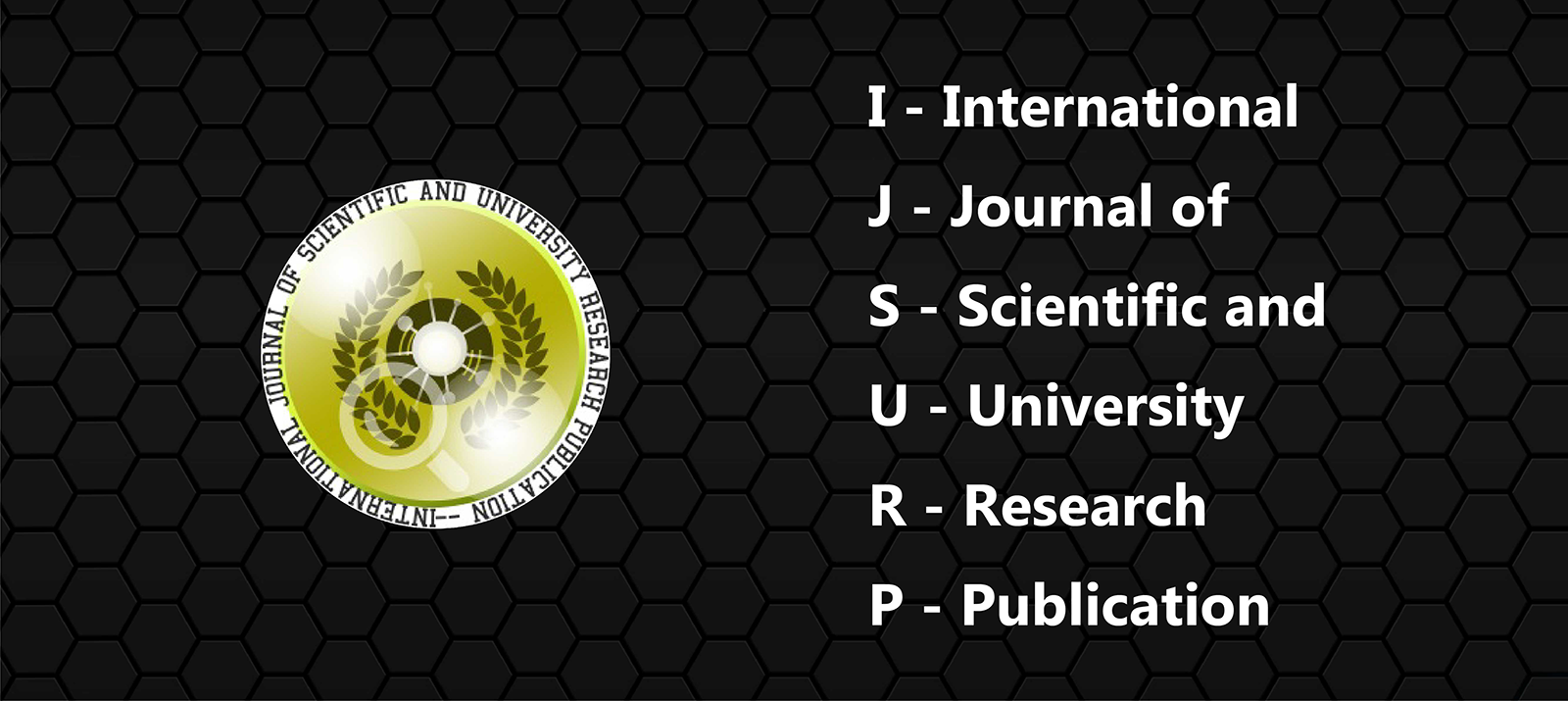
A Study on the Probiotic Aspects of Lactobacillus Isolated From Raw Milk of Vechur
Authore(s) : Mariane
Volume : (3), Issue : 211, January - 2019
Abstract : The objective of this study was to characterize the probiotic attributes of a Lactobacillus species isolated from raw milk of Vechur, a local indigenous cow breed of Kerala. Lactobacillus was isolated by selective enrichment of milk samples in MRS broth and subsequent plating in MRS agar. The results of biochemical characterization were suggestive of the isolate to be L.acidophilus. Considerable growth observed even after 3h of exposure to pH 3.0 and three percentage of bile salt concentration confirmed the ability of isolate to withstand the harsh environment of gastrointestinal tract. Opaque white colonies on Lactobacillus Oxgall agar affirmed the BSH activity of the isolate.CSH values obtained with the different solvents: n-hexadecane, ethyl acetate and chloroform were 36%, 30% and 27% respectively. The aggregation percentage of 52% in 24h indicates the good adhesion potential. Absence of resistance to tetracycline can be taken as an indicator for the absence of acquired antibiotic resistance. Observations made in this trial suggest that the isolate used in this work has ample potential to be exploited as a probiotic starter.
Keywords :
Article: Download PDF Journal DOI : 2364\2018
Cite This Article:
Probiotic, Lactobacillus, Milk, Vechur
Vol.I (3), Issue.I 211
Article No : 10001
Number of Downloads : 100
References :
1. Barrow G H and Feltham R K A (1993). Cowan and Steel's Manual for Identification of Medical Bacteria. Third edition. Cambridge University
Press, Cambridge. pp. 331. 2. Bauer AW, Kirby MM, Sherris J C and Truck M (1966).Antibioticsusceptibility testing by a standardizedsingle disk
method. Am J ClinPathol.,45:493-496. 3. Collado M C, Meriluoto J, Salminen S (2008). Adhesion and aggregation properties of probioticand pathogen... More
- 1. Barrow G H and Feltham R K A (1993). Cowan and Steel's Manual for Identification of Medical Bacteria. Third edition. Cambridge University
Press, Cambridge. pp. 331. 2. Bauer AW, Kirby MM, Sherris J C and Truck M (1966).Antibioticsusceptibility testing by a standardizedsingle disk
method. Am J ClinPathol.,45:493-496. 3. Collado M C, Meriluoto J, Salminen S (2008). Adhesion and aggregation properties of probioticand pathogen strains. Eur Food Res Technol.,
226:1065–1073. 4. Dashkevicz M P and Feighner S D (1989) Development of a differential medium for bile salt hydrolase-active Lactobacillus spp. Appl Environ Microbiol. 1989 Jan;
55(1): 11–16. 5. Del Re B, Sgorbati B, Miglioli M and Palenzona D (2000).Adhesion, autoaggregation and hydrophobicity of 13 strains of Bifidobacterium longum. Lett Appl Microbiol.,
31(6):438-42. 6. Nawaz M., Wang J., Zhou A., Ma C., Wu X., Moore J. E., et al. (2011). Characterization and transfer of antibiotic resistance in lactic acid bacteria from fermented food products. Curr. Microbiol. 62, 1081–1089 7. Fuller, 1989 A Review: Probiotics in man and animals J. Appl. Bacteriol. 66: 365-378 8. Ramasamy, K., Abdullah, N.,Wong, M.C.V.L., Karu- than, C. & Ho, Y.W. (2010). “Bile salt deconjugation and cholesterol removal from media by Lactobacillus strains used as probiotics in chickens.” J Sci Food Agric 90:65–69. 9. Reniero R, Cocconcelli P S, Bottazzi V and Morelli L (1992). High frequency of conjugation in Lactobacillus mediated by an aggregation-promoting factor. J. Gen. Microbiol., 138: 763-768. 10. Rosenberg M, Gutnick D and Rosenberg E (1980). FEMS Microbiol Lett., 9:29-33.... Less
- 1. Barrow G H and Feltham R K A (1993). Cowan and Steel's Manual for Identification of Medical Bacteria. Third edition. Cambridge University




